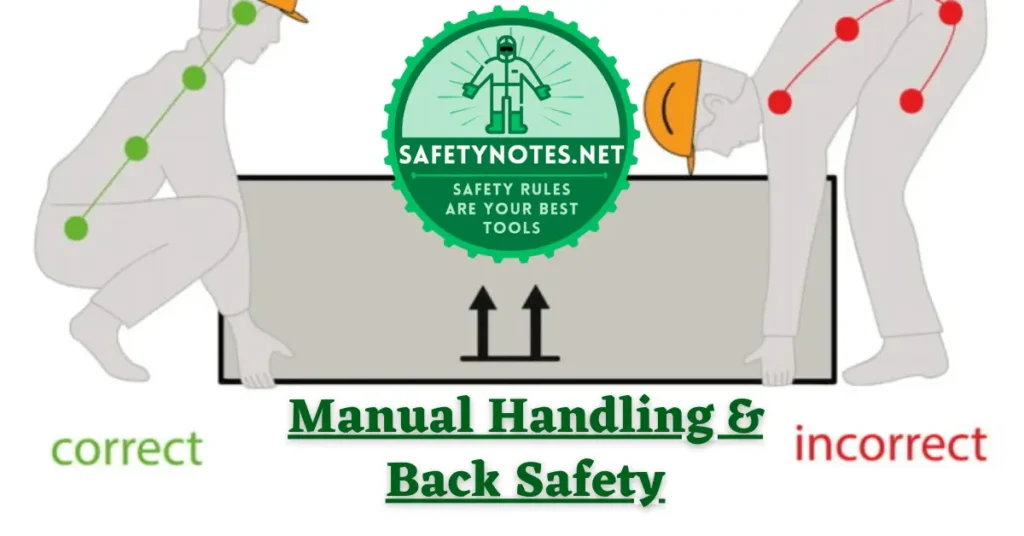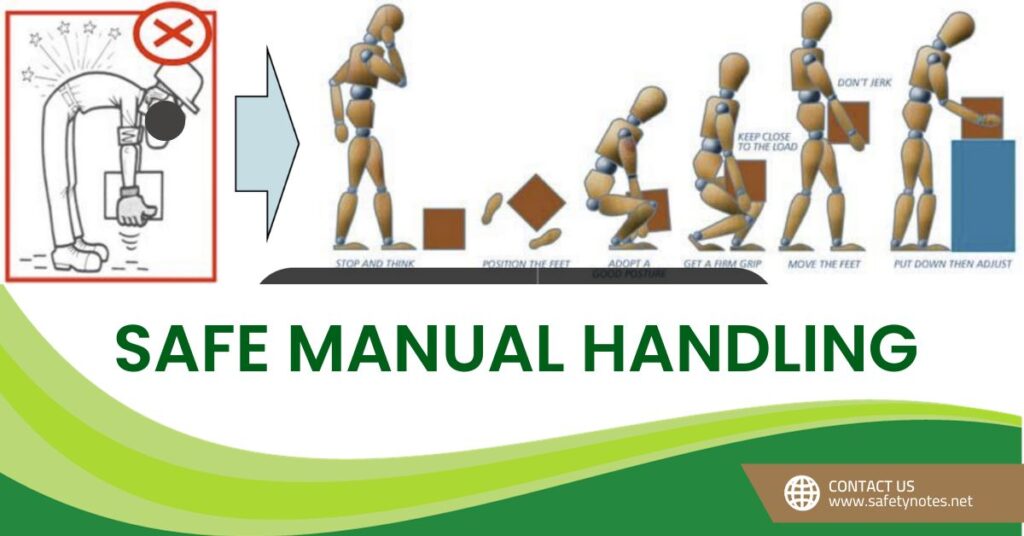
Welcome, team! Today, we’re focusing on an essential aspect of our daily operations – Safe Manual Handling. Recognizing that a significant portion of injuries on construction sites stem from manual handling incidents, it’s crucial we address this. Interestingly, most of these injuries are preventable. Our aim today is not just to talk about lifting but to understand that manual handling encompasses any activity requiring force by a person to move an object. Let’s dive in and make our workspace safer.
Understanding Manual Handling
Manual handling is more than just picking up or putting down objects. It’s the act of lifting, lowering, pushing, pulling, carrying, or moving anything by exerting force. Considering the variety of tasks on a construction site, mastering safe manual handling techniques is vital for our well-being.
Why is Safe Manual Handling Important?
- Prevents Injuries: Learning and applying correct manual handling techniques can significantly reduce the risk of injuries.
- Enhances Productivity: Efficient manual handling not only keeps us safe but also ensures that work is done more effectively.
- Promotes a Safer Work Environment: A team knowledgeable about safe manual handling contributes to a culture of safety, benefiting everyone on site.
Key Principles for Safe Manual Handling
STANCE
A good stance is the foundation of safe manual handling. Keep your feet apart, one foot slightly ahead of the other, aligning with the load. This position ensures balance and stability during the lift.
STRAIGHT BACK
Always keep your back straight. It’s not about having a rigid posture but ensuring that your back isn’t bent or twisted. Let your legs bear the brunt of the lift, protecting your back from strain.
CHIN-IN
Before lifting, slightly raise your head and tuck your chin in. This simple adjustment can make a significant difference in maintaining a straight back.
CORRECT GRIP
Secure a proper hold on the object. Use your palms and the roots of your fingers for a firm grip, reducing the risk of slippage and injury.
ARMS CLOSE TO BODY
Keep the load close to your body. This technique leverages your body’s natural strength, minimizing the strain on your arms and shoulders.
FEET POSITIONS
Direction matters. Point your leading foot in the direction you intend to move. It guides your body and the load, ensuring smoother movement.
BODY WEIGHT
Utilize your body weight to your advantage. This approach conserves energy and reduces muscular effort.
Handling and Lifting Principles

- Maintain a Natural Posture: Keep your spine aligned throughout the handling process. This natural posture protects your back.
- Stable Base: Create a stable base by widening your stance to a comfortable limit and slightly bending your knees.
- Center of Gravity: Hold the load close to your vertical center of gravity. It minimizes the strain and maximizes control.
- Use Leg Muscles: Rely on your leg and buttock muscles for power. These are some of the strongest muscles in your body, ideal for handling tasks.
Conclusion
Safe Manual Handling is not just a set of rules; it’s a practice that protects us all. By understanding and applying these principles, we can significantly reduce the risk of injury, improve our productivity, and foster a safer work environment. Remember, safety is a team effort, and every action counts. Let’s commit to practicing safe manual handling every day, keeping ourselves and our teammates safe. Thank you for your attention, and let’s have a safe day on the site!
Remember, folks, safety starts with awareness and is perfected through practice. Stay safe, stay productive!


